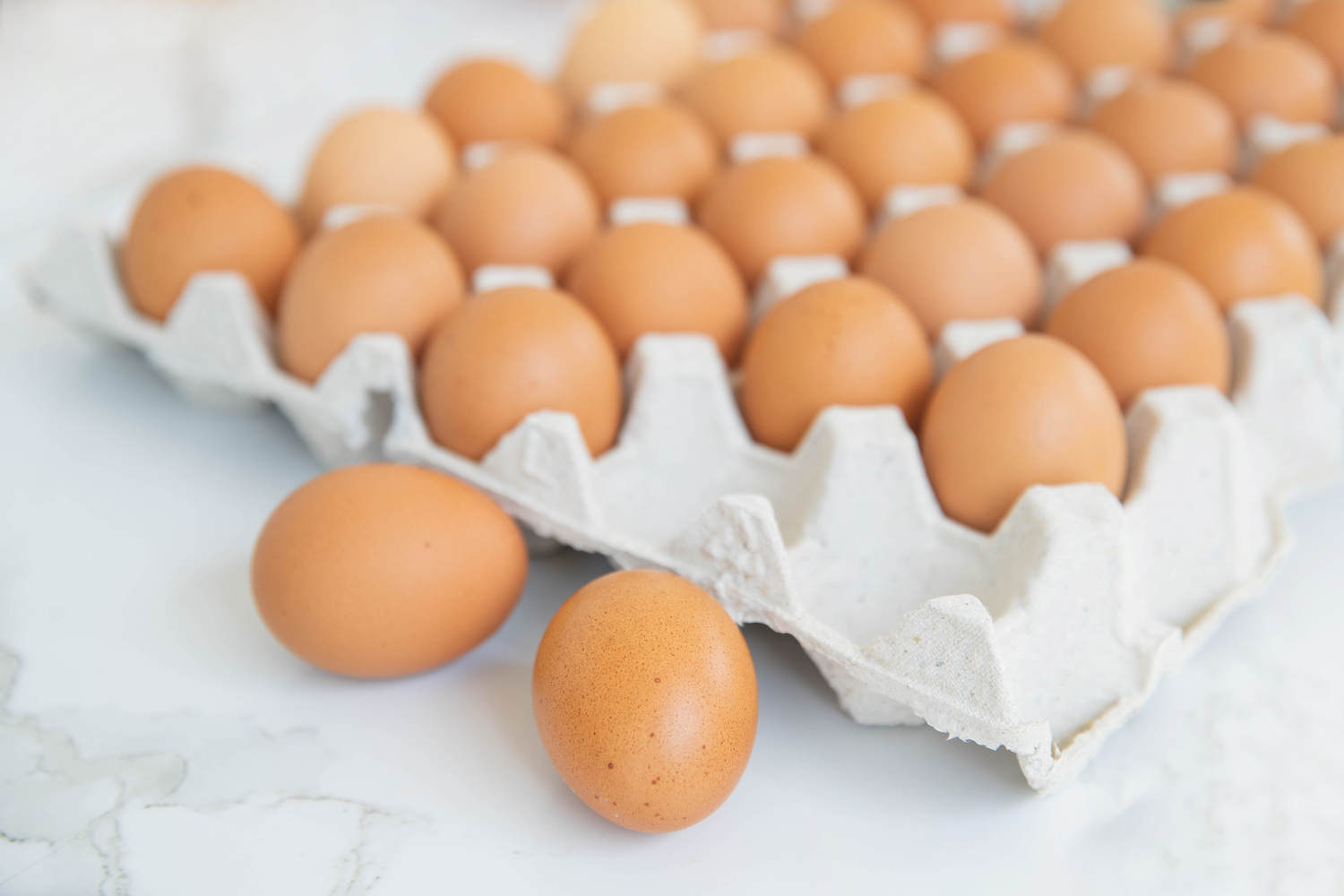Understanding the Atkins Diet and its Phases
People look out for different diets and meal plans to maintain a healthy body. One such type is the Atkins diet which aims to fulfill the fitness goal by limiting carbohydrate intake. This diet involves four low-carb phases, gradually increasing the carbs intake from phase 1 to phase 4. For successful results, one needs to strictly include Atkins-friendly foods in daily meals. Besides that, one needs to stay hydrated throughout the day.

Phases of the Atkins diet
Phase 1
Also known as the induction phase, this phase helps kick start the fitness journey. In this phase, one must consume less than 20 grams of carbohydrates daily. Induction is a brief, kick-off phase that forces your body to burn fat. As a person reduces carbs, the body will be prompted to use fats as a source of energy, thus, making a drastic shift in burning fats.
In most cases, the induction phase lasts for 14 days, and one experiences significant results. A decrease in carb consumption and shift to fat-burning takes about 48 hours to occur. It’s a dramatic shift, so one may feel hunger pangs until the fat-based energy kicks in.
Phase 2
In this phase, the net intake of carbohydrates is increased, and other foods are acceptable, such as fruits (melons and berries), cottage cheese, yogurt, and full-fat items. In order to transition to this phase, one needs to add five grams per day till they reach the weekly carb goal. Also, note that the transition should be gradual to avoid metabolic imbalance.
In phase 2, a person can add the following:
20 – 25 g of carbohydrates progressively per day during week 1
30 g of carbohydrates can be added during week 2
30 g needs to be added each subsequent week
Phase 3
In this phase of the Atkins diet, one can add small quantities of fruits, starchy vegetables, and grains. This phase will fine-tune the low-carb diet, so one can eventually focus on maintaining the current body health.
Phase 4
This phase is known as the maintenance phase, where one can continue to include the same foods in their regular meal routine from phase 3 to maintain their weight. This transition phase helps one adapt to a permanent, sustainable lifestyle of healthy eating.
Phase one Atkins diet food list
Use the food list to plan meals in the induction phase:
Fish
Fish are rich sources of healthy fats, proteins, vitamins D and B2, calcium, and minerals such as iron and potassium. One can include four to six ounces of different fish types like flounder, salmon, cod, and trout in their regular meals.
Shellfish
Another protein-packed food on the phase one Atkins diet food list is shellfish. It is also a great source of omega-3 fatty acids and minerals such as zinc, iron, copper, and magnesium. Remember that oysters and mussels are higher in carbs than other fish, so the maximum quantity is three or four ounces per day. One can also choose from clams, crabs, and squids.
Meat Items
An excellent source of protein sans carbohydrates is meat and poultry products. One can add bacon, beef, ham, lamb, chicken, duck, goose, and turkey to their daily meals. Include these foods as per the requirement to get maximum benefits.
Please note
Use fresh meat whenever possible as packaged meat items contain high amounts of sodium, causing dehydration and kidney failure.
Try to avoid cured meats.
Eggs
Eggs are rich in proteins, vitamin A and several other nutrients. Add acceptable amounts of vegetables and toppings such as cheese and herbs. Enjoy eggs in any form, such as omelets, deviled, poached, fried, and so on. They are the easiest-to-make food items on the phase one Atkins diet food list.
Healthy oils
Add two to four tablespoons of healthy oils such as olive oil, sesame oil, and walnut oil to regular meals. One can also use butter, sugarless mayonnaise, cold-pressed oils, canola oil, soybean, safflower, and grapeseed oils.
Vegetables
Vegetables low in carbohydrates such as green leafy vegetables, broccoli, salad greens and asparagus should be included in one’’ meal plan.
Sample menu
The following is a sample menu to kick start the Atkins diet. It includes three main meals and one snack meal for a day.
Breakfast
A cheesy egg omelet with baby spinach leaves, asparagus and olive oil
Lunch
Stir-fried chicken salad with nuts and a side of cucumbers/green salad
Snacks
Boiled egg, Greek yogurt, or nuts of your choice
Dinner
Meatballs or lamb chops with a cup of asparagus cooked in fat oil
Though the Atkins diet helps promote fat loss and maintain overall health, one must consult a nutritionist to know its pros and cons before starting the process.


